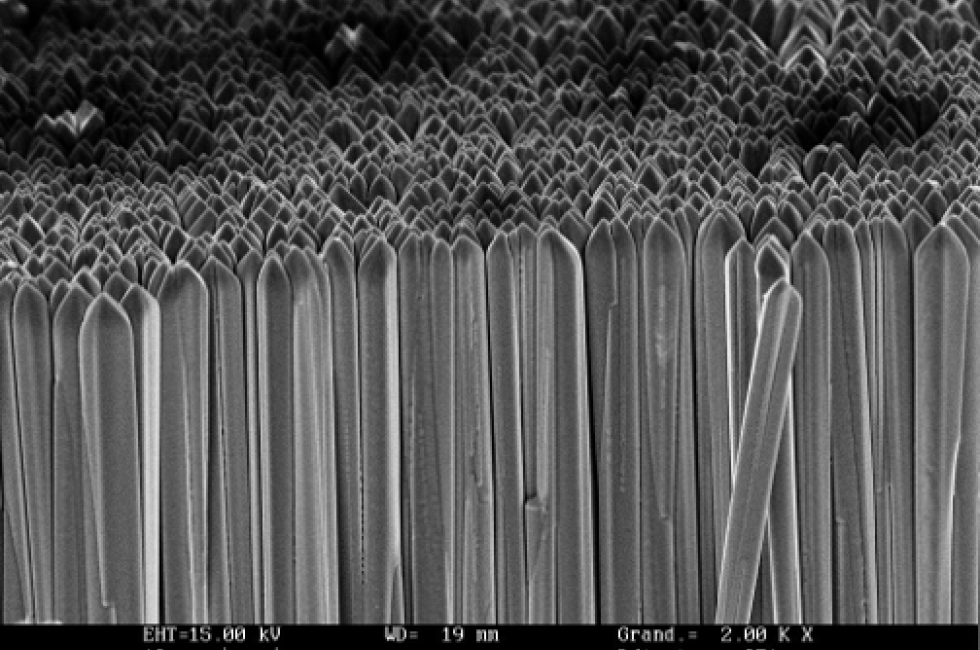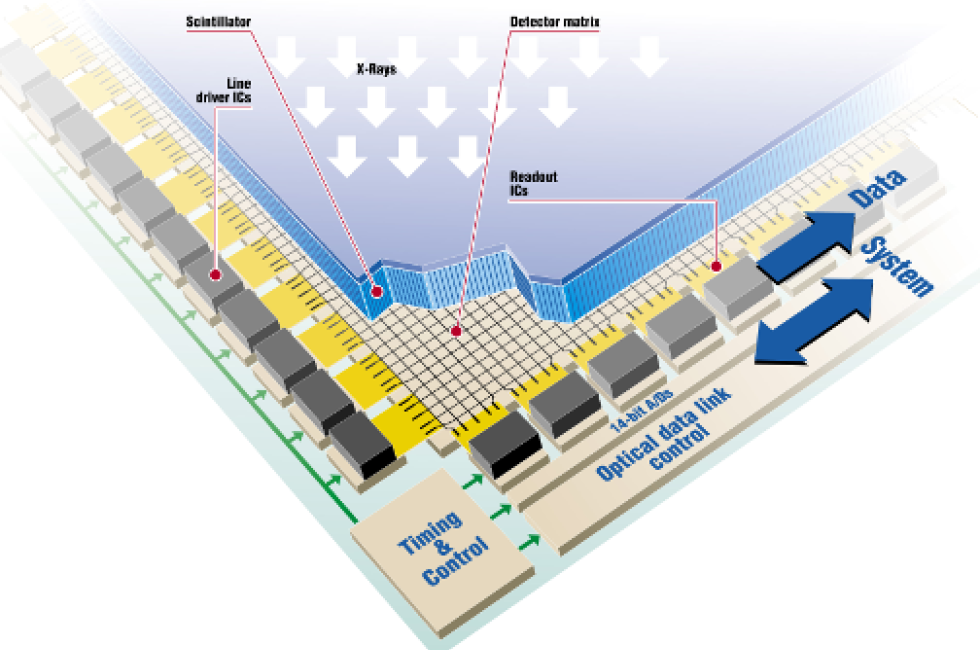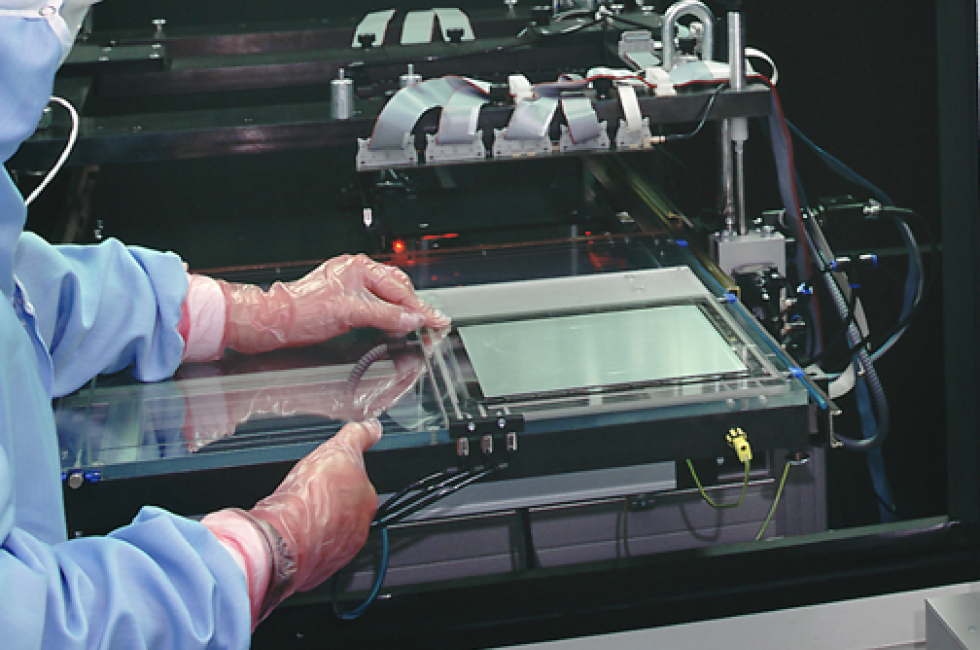Technology
The principle of Trixell's flat panel detectors consists of a matrix of photodiodes made from amorphous silicon, covered with a cesium iodide scintillator.
X-rays are absorbed in the CsI layer and are converted into visible photons, which in turn generate electric charges in the photodiodes. Each pixel of the matrix is connected to a row line for driving voltages, and a column line for readout via an active switching element, which may be either a thin-film diode or a thin-film transistor. Electric charges are read out in parallel for one row. Signals are then multiplexed and converted digitally inside the detector housing. The data are transmitted to the acquisition system, where digital processing is performed.
panel detectors are based on proven core technologies:
• a cesium iodide scintillator (CsI)
• an active amorphous silicon array controlled by custom-designed, ultra-low noise electronics
• a cesium iodide scintillator (CsI)
• an active amorphous silicon array controlled by custom-designed, ultra-low noise electronics



